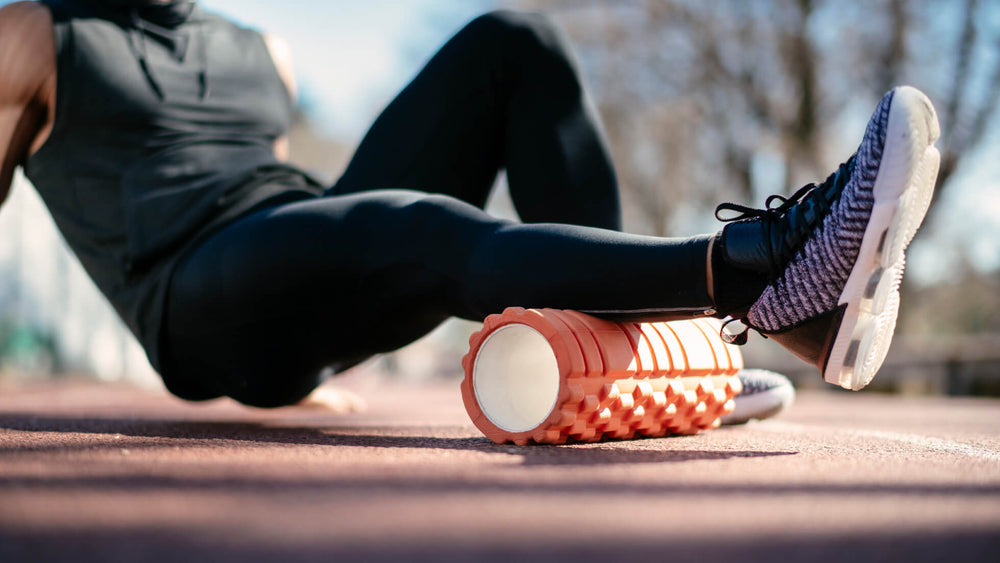Cross-Training Sports For Runners

Serious runners often put in between 40 and 80 miles a week. This can be very taxing on the body and can lead to injury and burnout.
To stay in prime condition, it's a good idea to switch up longer, less important runs with sports like cycling and swimming, which utilize the same muscles and systems but are low-impact.
If you want to reach your full potential as a cyclist, then you don’t want to swap speed workouts for cross-training sessions. Speed work is important and targets muscle groups and systems that can only be improved by running at a rapid pace. Instead, you could replace one of two long runs or tempo runs a week with an alternate sport.
Cycling For Runners
Cycling is great for getting the heart rate up while reducing the pounding your body takes from running. Also, cycling at a high resistance or on hilly terrain can greatly improve strength. Since your main sport is running, skip high-intensity cycling — an activity that poses a high risk for injury unless your muscles are conditioned for speed cycling. In fact, even serious cyclists are advised to bike for at least two years before attempting high-intensity workouts.
Swimming For Runners
Swimming is another viable cross-training workout for runners. Swimming builds upper body strength, which is also necessary in running, while simultaneously giving your legs a workout. If you’re not keen on swimming, try pool running. If you have access to a lap pool, amp up your workout with weights.
Take the next step in your training regimen: Try any BRL Sports supplement risk-free! If our natural nutritional products aren’t the best you’ve ever used, simply return your purchase for a 100% refund — no questions asked!
Also in Inspiration & Perspiration

High Altitude Supplements: Complete Guide to Training & Prevention (Altitude Sickness Solutions)
Support endurance and reduce altitude stress with supplements that improve oxygen efficiency, stamina, and recovery in high-altitude conditions.

Best Supplements For Runners: Complete Guide By Training Phase (Base, Peak, Taper & Race Day)
Discover the best supplements for runners by training phase—base, peak, taper, and race day—to boost endurance, recovery, and performance.

Creatine for Endurance vs. Sprint Efforts
Creatine isn’t just for power—learn how it boosts sprint speed, recovery, and endurance performance.


